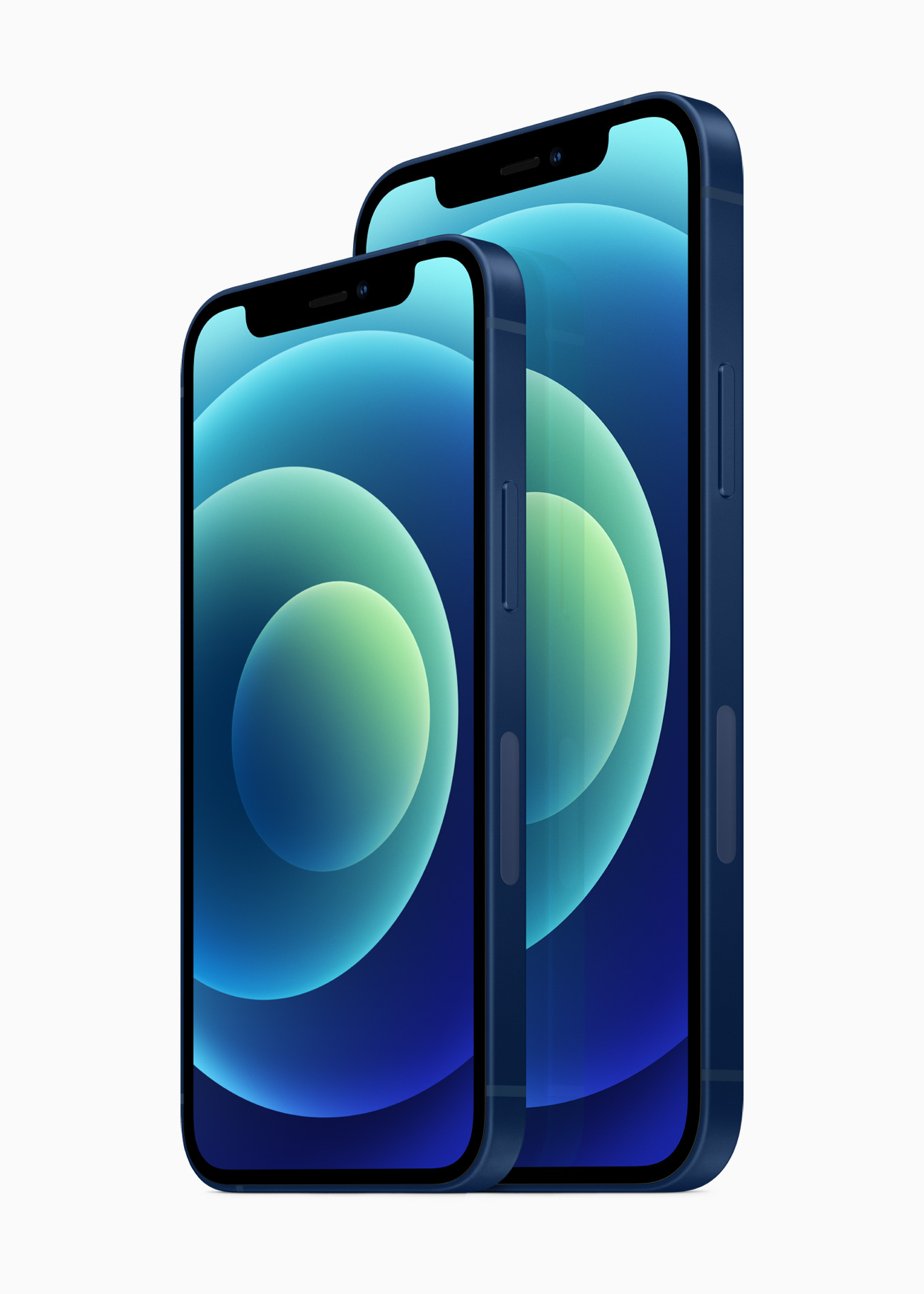Apple has been award a patent that likely points to the future look of its iPhone handsets, with no ugly cutout notch at the top of the screen.
Apple has been at the centre of rumours that its iPhone 14 expected in 2023 (barring any unforeseen issues), could drop the screen notch, which currently houses the phone’s top speaker, camera, and Face ID technology.
And now an Apple patent has just been approved and it details how two biometric technologies, namely in-screen Touch ID or Face ID can be embedded into the screen display.

iPhone notch
This could allow Apple to deliver an iPhone in a few years time that will include a full screen that is not impeded with an unsightly and screen-eating notch on the top of the device.
The notch first appeared back in 2017 with the arrival of the iPhone X.
The notch houses the front-facing selfie camera and Face ID face-scanning sensors, after Apple ditched the Touch ID fingerprint scanner for some of its handsets.
It is fair to say the notch has divided opinion, with many saying it is ugly and reduces the unit’s display area.
It should be remembered that there have been other rumours that Apple could transform its entire iPhone screen into a fingerprint scanner. That would mean that a user would be able to press a finger anywhere on the screen to unlock the device.
It seems likely that Apple would first implement a Touch ID fingerprint scanner under or into the screen, and would follow this by embedding a front-facing camera after that.
Apple patent
Apple explains in its filing that the current iPhone design has the imaging sensor next to the display, rather than part of it – although the current notch design on iPhones does give the impression of it being part of the screen.
“An electronic device can also include an imaging sensor, such as a camera or an ambient light sensor,” Apple states in its patent filing.
“Typically, an imaging sensor is positioned below the protective cover, adjacent to the display stack,” it said. “As such, a conventional electronic device incorporating both a display stack and an imaging sensor typically requires a large-area protective cover that extends beyond the periphery of the display stack in order to reserve space to accommodate the imaging sensor.”
“This conventional construction undesirably increases the apparent size of a bezel region circumscribing the display, while also undesirably increasing the size and volume of the housing of the electronic device,” it added.
The patent seems to to suggest that Apple is seeking to embed an image sensor into the display in order to read a fingerprint (i.e. embedded Touch ID).
But Apple added later in the patent that the same approach can be taken for other forms of biometric identification, such as Face ID.
Front camera?
There is no word on what would happen to the iPhone’s front-facing selfie camera however, and it is unclear at this stage if Apple eventually plans to embedded that camera into or under the screen (which makes sense long term).
However that risks potentially degrading the picture quality the camera is able to achieve.
Apple is not the first to be thinking of embedding sensors into or under the screen.
Last year ZTE introduced its flagship ‘notchless’ phone for example, the Axon 20 5G smartphone, that was the first to market with an in-screen camera that is able to snap photos from underneath the phone’s display.
https://uk.ztedevices.com/products/zte-axon-20-5g





